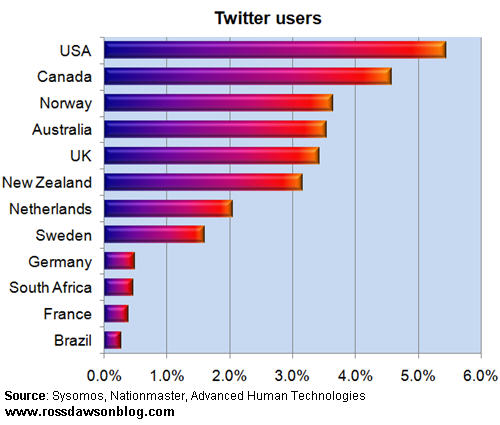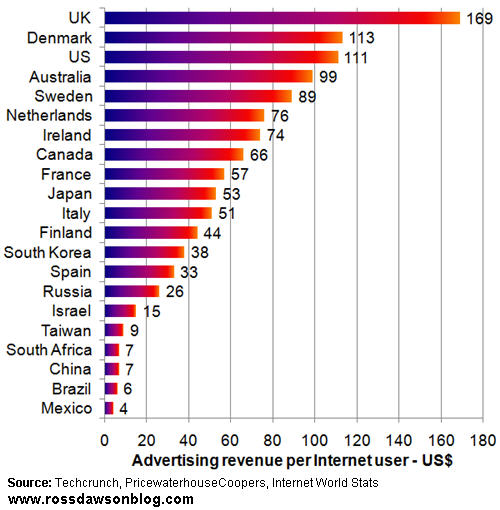The border between blogging and Twittering
Shall I tweet it? Shall I blog it?
If you’re both a blogger and Twitterer, when you get an interesting thought you want to share, you have choices.
Do you tweet it? If it’s interesting enough to let people know, then sure – very easily done.
Or do you blog it? If it’s compelling enough, competing with lots of other stuff, and it’s time-sensitive, then yes. I have a list of over 60 blog posts I’d like to write, so something has to be compelling to get in front of that queue.
This decision changes over time. I’ve blogged for seven years, and was slow to get on Twitter because I thought I had plenty on my plate with blogging. Now more and more idea sharing happens over Twitter. Of course, there’s only so much you can say in 140 characters and sometimes you have to flow beyond that. Comments and blog posts can do that – they’re part of the content creation landscape.
I will explore this issue more later. I’m working on a blog/ Twitter framework that will show how they relate to each other.
It certainly seems to be an interesting topic to explore: what is the border between blogging and Twittering?


